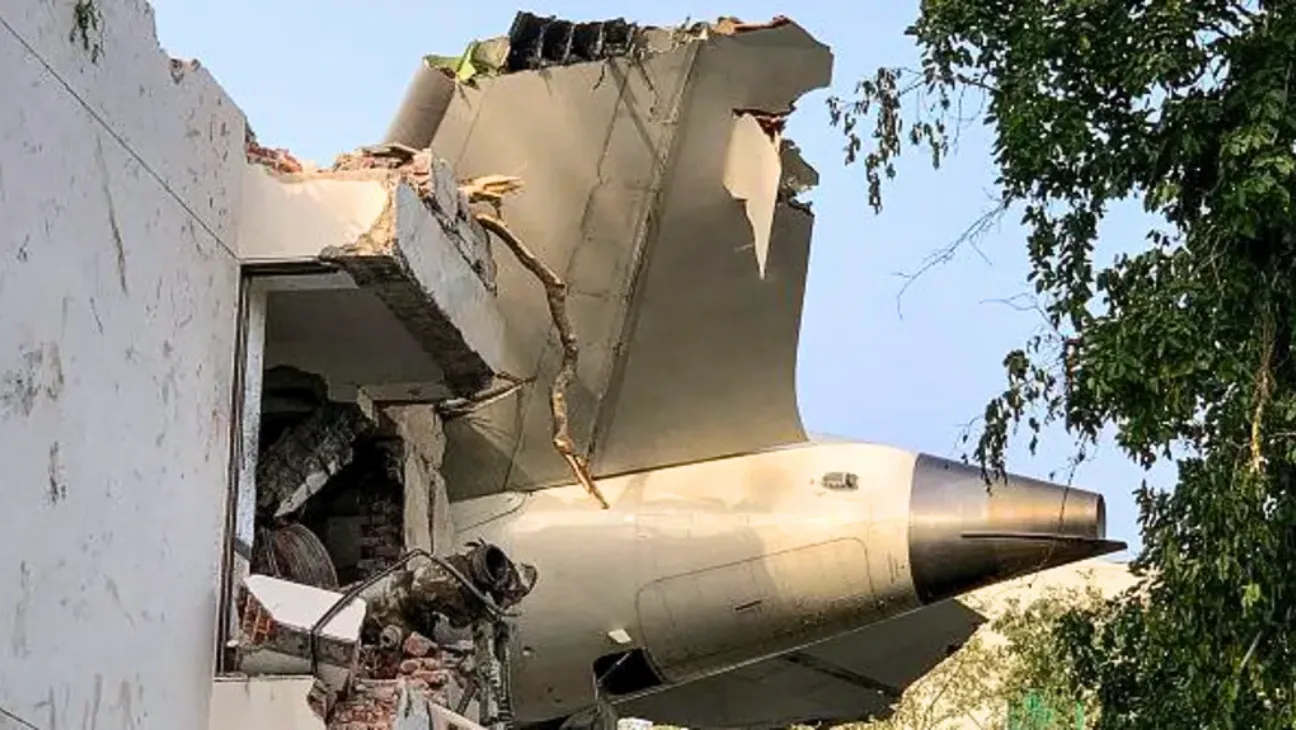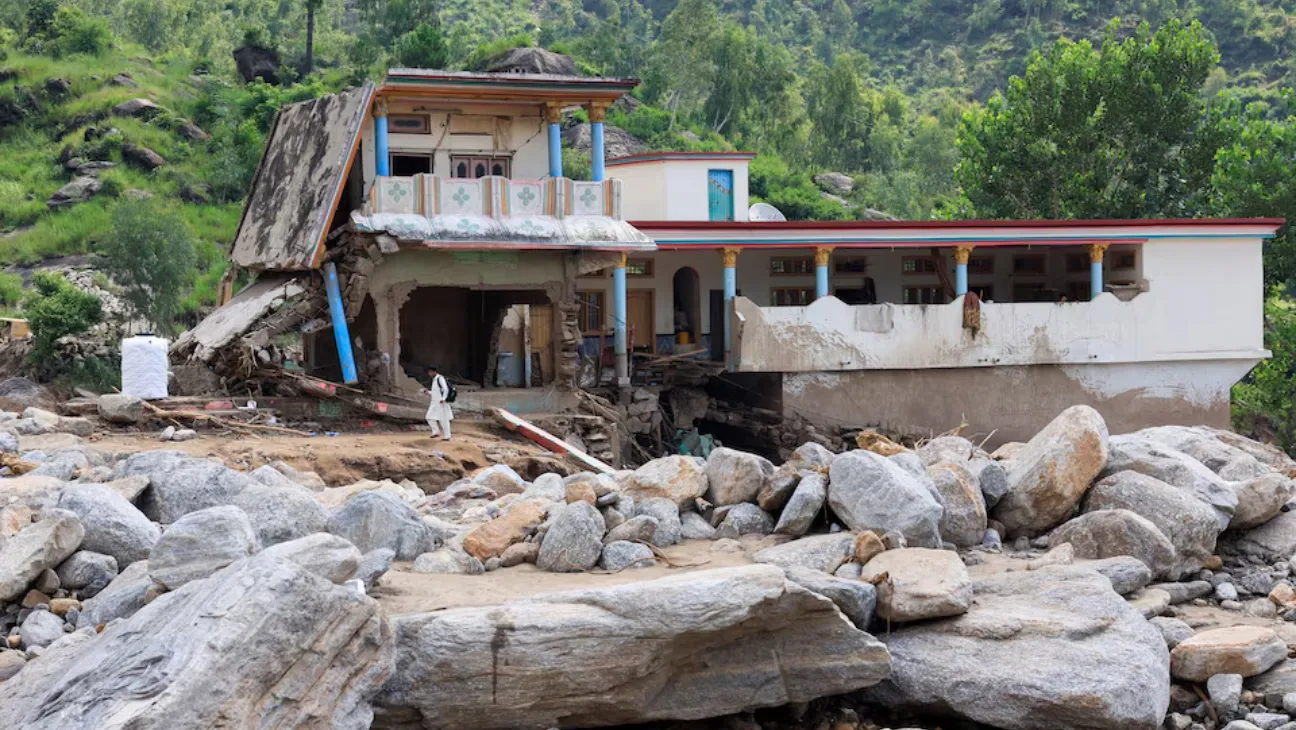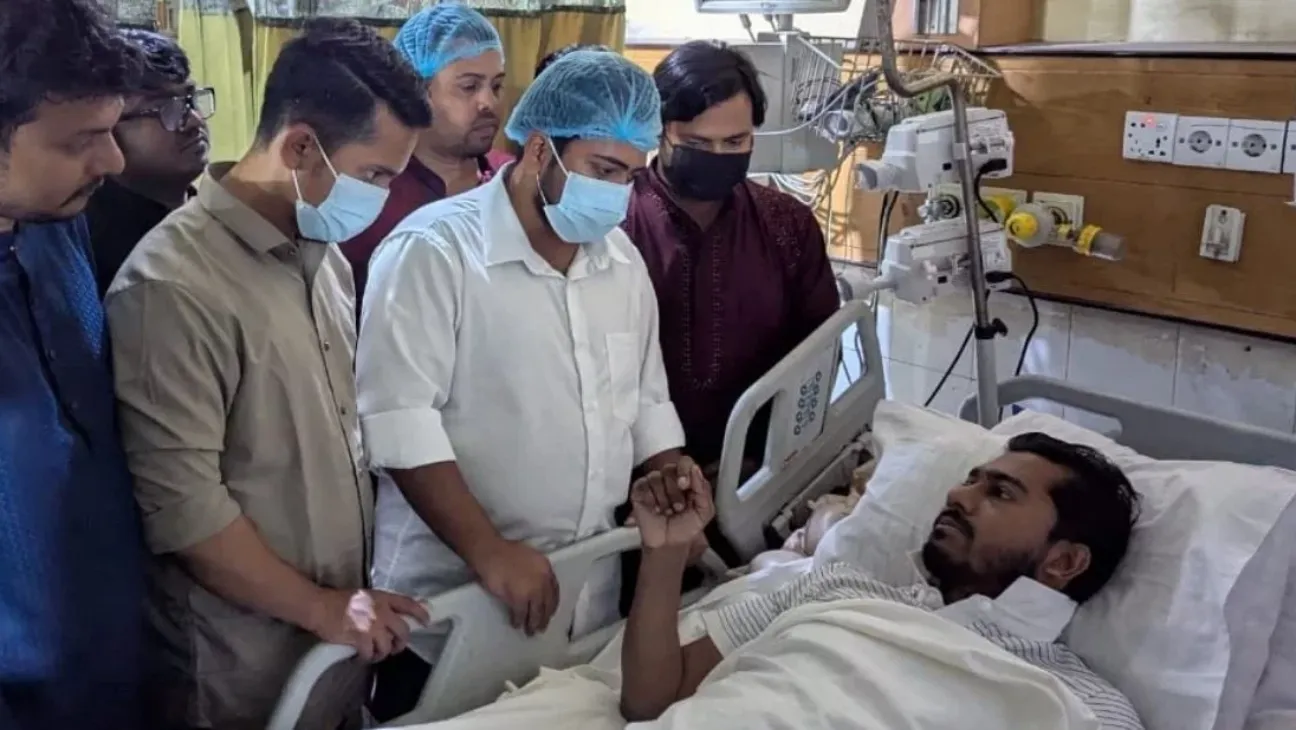A new CCTV video is giving investigators and analysts more to consider in the search for answers following the Air India Flight AI171 crash near Ahmedabad.
More than 300 deaths are feared in what is shaping up to be one of the worst disasters involving a Boeing 787.
One passenger has survived. He was found conscious in the wreckage and is now in a hospital, according to reports.
The new video is not official footage. It appears to be a phone recording of a CCTV screen. Still, it shows some details that could help explain why the aircraft failed to climb safely after takeoff.
What the footage shows
In the clip, the Dreamliner is seen rolling almost the full length of the runway before lifting off.
The engines appear to be at high thrust, visible from the dust and debris moving on the ground. Yet the aircraft seems to struggle to gain altitude.
Former Boeing 737 pilot Denys Davydov, who reviewed the footage online, said the climb looked unstable.
“You can see the landing gear remains extended. That makes sense if the crew was unsure the plane would keep climbing. The plane was barely climbing at all,” he said.
This behavior suggests that something went wrong either before or immediately after takeoff.
Air India 787 CCTV footage is:
Possible issues with flap settings
Attention has turned to the aircraft’s flap configuration. Flaps help an aircraft lift off at lower speeds. Without them, more runway is needed, and climb performance suffers.
In the footage, it is difficult to see the exact flap position. Some analysts believe the flaps may not have been extended correctly.
Modern aircraft have warning systems to alert crews if the takeoff configuration is wrong. It is not clear whether any such warning was given or acted upon in this case.
“The resolution of the video makes it hard to tell for sure,” Denys said. “But if the flaps were not set properly, that would explain a lot.”
Engine concerns also remain
Engine performance is also being scrutinized.
The video suggests the engines were running. But a lack of sustained climb could still point to a power problem.
One detail some viewers noticed is what may be the deployment of the ram air turbine, a small device used to generate power during emergencies. This is not confirmed, as video quality is poor.
Denys believes investigators should look closely at the engines.
“If I were on the team, I would be paying attention to that,” he said. “Why did the plane need so much runway, and why was the climb so weak?”
Survivor’s account
In a rare piece of positive news, one passenger was pulled alive from the wreckage.
Images shared online show a boarding pass for seat 11A from this flight. The survivor has not been named publicly.
He told rescuers he lost consciousness during the crash and woke up surrounded by bodies. His seat location near an emergency exit may have helped him escape.
Many questions remain
Why did the plane use so much of the runway? Were the flaps incorrectly set? Did the engines fail or lose power?
And did the crew recognize the problem in time to respond?
The black boxes from the aircraft are expected to provide crucial data. So far, officials have not confirmed whether they have recovered these devices.
Analysts continue to review all available evidence. Denys Davydov said he will keep looking at any new footage or data that becomes public.
“For now, we have more questions than answers,” he said.
Many will be hoping that changes soon.









